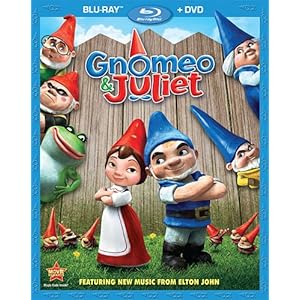The middle school years are critical years (pun intended) for teaching critical literacy. At this age, students are beginning to develop an ability to analyze texts in greater depth, and it is essential that students realize that there is not only one way to analyze a text. Also, students should be taught to seek information from multiple sources in order to gain a better perspective on a text, event, or time period.
Adolescents often have opinions that are based off of how they are raised, their family, and their friends-Their opinions tend to be narrow-minded and tend not to result from much analysis. Critical literacy exposes adolescent students to more opinions and views, and provides them with new methods for analysis. It teaches them
how to think and thus form their own opinions instead of opinions that are handed to them by others.
Teaching critical literacy at the middle school age also prepares students for analysis of texts at higher levels (high school and college), so that they will have a head start and be able to jump into more complex analyses more quickly. Analyzing texts from multiple lenses also provides students with framework for writing persuasive essays and research papers because they are provided with a wider fact base. Therefore, critical literacy also helps students to become better writers.
Thus, critical literacy can play multiple roles in the middle school classroom:
-Teach students that there is more than one way to analyze a text.
-Provide students with a way of constructing more informed/educated opinions and arguments.
-A gateway for richer text analysis.
-A way to enhance student writing.
 I think the blogs have been a good way to think about some of the concepts in class more deeply. Also, it has helped me to think about and to plan how I'm going to construct my unit plan. It also, gives us practice using a tool that might be useful in our future classrooms-It gives students a chance to reflect on their ideas and the ideas of others.
I think the blogs have been a good way to think about some of the concepts in class more deeply. Also, it has helped me to think about and to plan how I'm going to construct my unit plan. It also, gives us practice using a tool that might be useful in our future classrooms-It gives students a chance to reflect on their ideas and the ideas of others.

